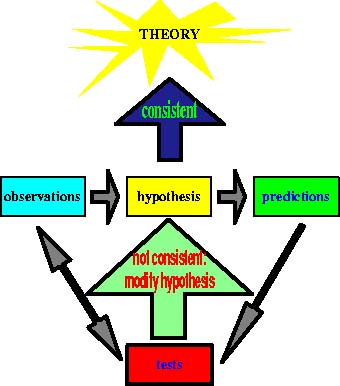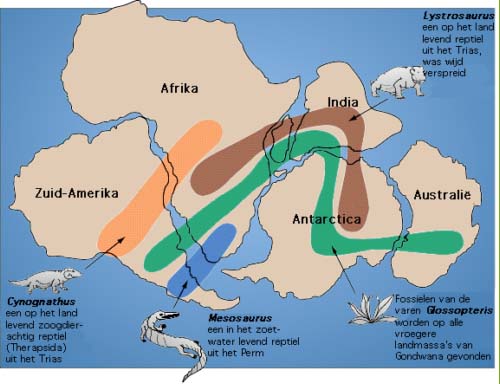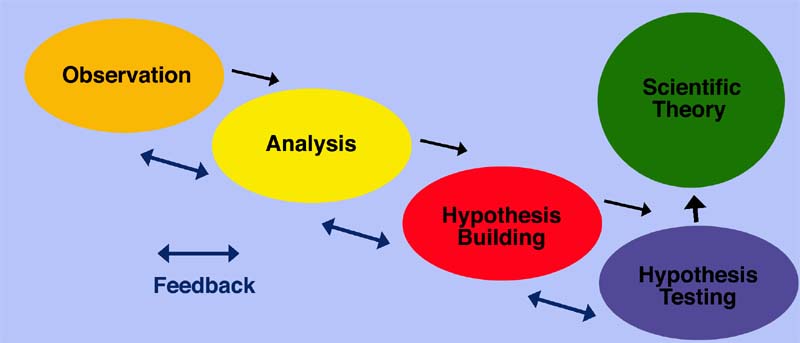Plate Tectonics and the Scientific Method
|
The development of the plate tectonic theory serves as an excellent example of the scientific method. The scientific method is a series of steps that can lead to the discovery of new scientific principles. |
 |
|
The steps are: 1) Gathering a set of observations or measurements from natural phenomena or experiments. 2) Analyze all the data to formulate a hypothesis. 3) Formulating one or more hypotheses to explain the observations or data. 4) Making a set of predictions using the hypothesis. The predictions are then tested. 5) Gaining the status of a theory after being tested by new experimental advances. |
 |
|
1) Gathering a set of observations or measurements (a data set) from natural phenomena or experiments. |
 |
|
2) Analyze all the data to formulate a hypothesis. |
 |
| 3) Formulating one or more hypotheses to explain the observations or data. The hypotheses can be conceptual, physical, or mathematical. A hypothesis is unproved and must be testable. |
 |
| 4) Making a set of predictions using the hypothesis. The predictions are then tested. If the predictions are correct, the hypothesis gains credibility. If the predictions are incorrect, the hypothesis must be modified or abandoned. The hypothesis is modified and retested many times before they can account for all the data. |
 |
| 5) Gaining the status of a theory after being tested by new experimental advances. A theory is a generally accepted explanation for a set of data or observations. |
 |
 |
|
 |
 |
Brooklyn College - Geology Department